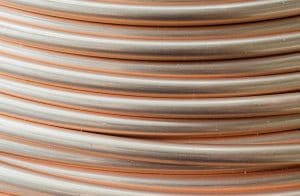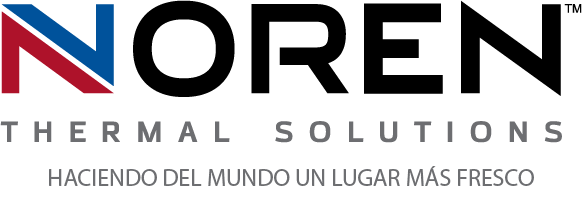 One of the first types of heat exchangers to first gain prominence in electrical thermal management were heat pipe-based heat exchangers. These are highly efficient heat exchangers that are designed to transfer electrical waste using an eco-friendly fluid that flows freely and rapidly through a series of heat pipes. Over the years, the process of transferring heat has been utilized in a wide range of heat exchanger designs, each providing unique benefits to the applications for which they’re designed. However, in many cases, heat pipes remain the most efficient and effective heat exchanger design for a wide range of modern applications.
One of the first types of heat exchangers to first gain prominence in electrical thermal management were heat pipe-based heat exchangers. These are highly efficient heat exchangers that are designed to transfer electrical waste using an eco-friendly fluid that flows freely and rapidly through a series of heat pipes. Over the years, the process of transferring heat has been utilized in a wide range of heat exchanger designs, each providing unique benefits to the applications for which they’re designed. However, in many cases, heat pipes remain the most efficient and effective heat exchanger design for a wide range of modern applications.
One of the most popular heat exchangers
The fact that heat pipes are one of the longest-standing heat exchanger designs is an important reason why they’re also one of the most popular. Companies that turned to heat pipe heat exchangers in the early days of the transformation have continued to find their innovative heat transfer methods more than efficient enough to meet their needs. Companies that have more recently implemented innovative heat exchangers have followed the steps of companies they’ve seen streamline their operations with heat pipe heat exchangers, and choose to utilize the same type of heat exchanger. The choice is typically justified in the more efficient and cost-effective electrical thermal management processes that the pipe-based heat exchangers provide.
How heat pipe assemblies transfer waste heat
The efficient ways in which heat pipes transfer electrical waste heat form the foundation of why they’re so beneficial to such a wide variety of applications. Heat pipe heat exchangers contain an eco-friendly cooling fluid that flows easily from the area closest to the source of waste heat to a dedicated heat dispensary unit, such as a custom heat sink. The wicking material that lines the interior of the heat pipes ensures even and consistent moisture throughout the pipes for optimal heat transfer capabilities. In addition to being highly efficient, this method of transferring waste heat is also highly reliable, and helps companies streamline their electrical thermal management processes for many different types of applications.
The efficiency of heat pipe cooling systems
As heat exchangers, and particularly heat pipes, have grown more popular over the years, the companies that utilize them have helped make their industries much more competitive. The ability to keep technology cooled without needing to rely on solutions such as air conditioners or air compressors means companies can maintain high levels of productivity while keeping overhead items like energy consumption as low as possible. For more information about how to make heat pipes a high-performance cooling system, call Noren Thermal Solutions in Taylor, TX, at 866-936-6736.







